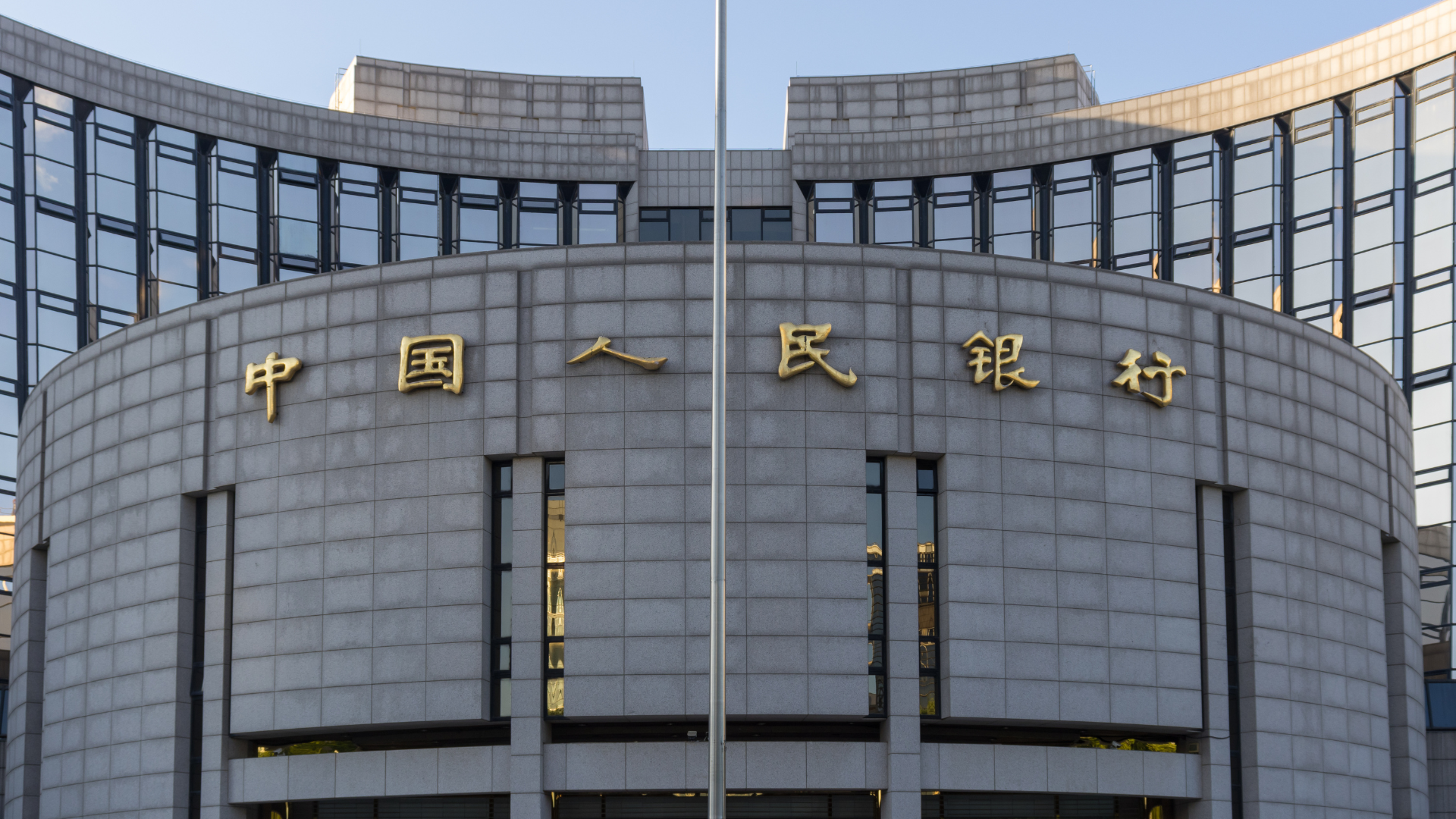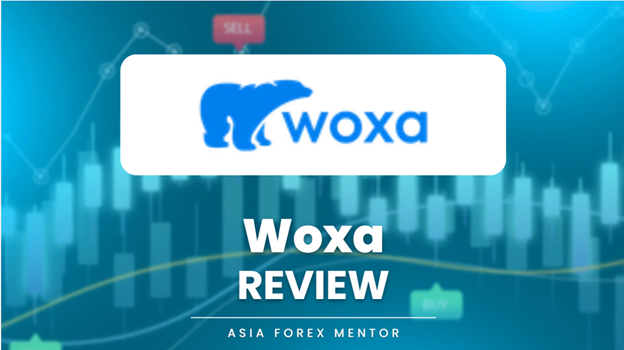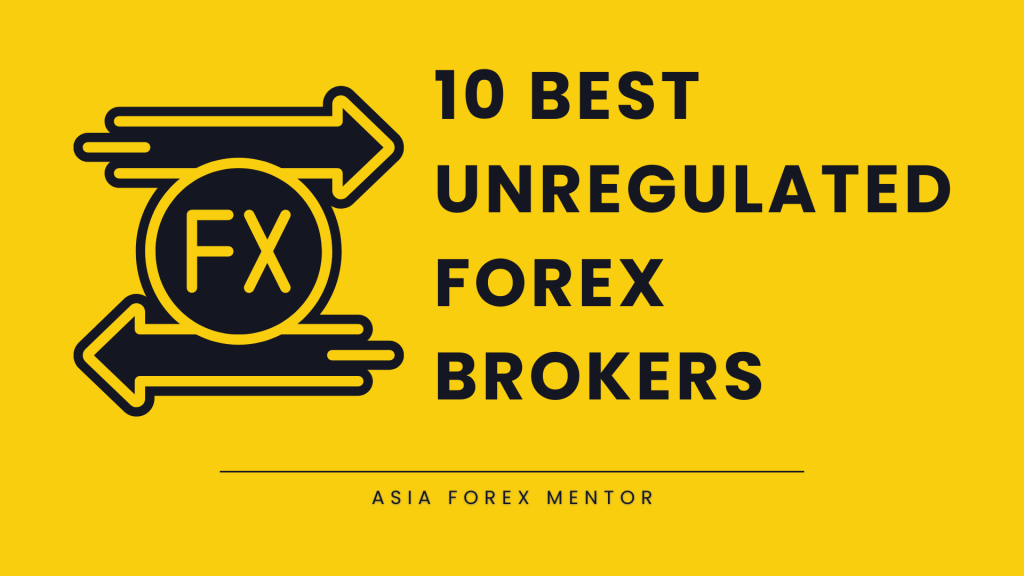
The People's Bank of China (PBOC), which is China's central bank, set the yuan's reference rate at 7.0742 per U.S. dollar on Thursday. This is a little higher than the previous rate of 7.0568. This move shows that the government is being careful about how it handles the currency in a time of global economic problems and trade uncertainty.
The reference rate, which sets the range of prices for the yuan, shows that the PBOC is still trying to keep the foreign exchange market from becoming too volatile. By making the rate higher than the day before, the PBOC is probably signaling that they want to let the yuan weaken slightly against the dollar. This could help the country's exports when demand around the world changes.
Currency traders and markets around the world are paying close attention to the PBOC's choices, even though the change may not seem important. This is especially true since China is still dealing with a slowing economy at home and rising geopolitical tensions. A weaker yuan usually makes Chinese exports more competitive, but it also makes imports more expensive, which can be hard for industries that rely on foreign goods.
In the past few months, the yuan has been under pressure because China's economy has been recovering more slowly than expected after the pandemic, and the country is still dealing with problems like slow consumer spending and problems in the real estate market. As a result, the central bank has put in place tailored stimulus measures and been tweaking its exchange rate policies to make sure that economic growth and financial stability are both maintained.
Analysts say that the PBOC's most recent action shows that it is committed to keeping the exchange rate stable while avoiding aggressive steps. This is a tricky balancing act to manage because the global economy is still unstable.
The markets will continue to keep a close eye on what the PBOC does in the coming weeks. This is because any further changes to the yuan's reference rate could mean that the bank is changing its overall economic strategy.

















